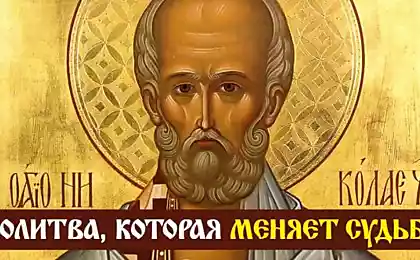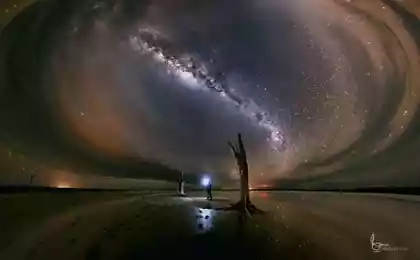2281
Course on the Great Attractor

Dear readers, in my humble article I want to talk about such astronomical concepts as "Great Attractor" (The great center of attraction). Surely those of you who are interested in astronomy are already familiar with the topic, but there are readers like me who are new to this concept.
Scientists have long known that our galaxy is moving in the direction of the constellation Centaurus, but the reason for going long remained a mystery. About 30 years ago, was put forward the theory that the Milky Way is attracted not only by the other objects of the local group, but also more distant large accumulations of matter with a mass of more than 10 quadrillion mass of the Sun, called the Great Attractor.
Местная Group - cluster of galaxies, which includes the Milky Way. Has more than 54 galaxies with the gravitational center somewhere between the Milky Way and M31 - Andromeda. Included in the supercluster Virgin. (Wikipedia)
I>

More carefully and study in detail the Great Attractor was not possible because of its location in the "zone of avoidance" - the area behind the plane of "Milky Way", where gas and dust contained in our galaxy block visible light from objects outside.
The solution was a study of clusters in the zone of avoidance (CIZA), conducted by scientists from the Institute of Astronomy at the University of Hawaii. For the study of remote regions were used X-rays, which easily overcomes the clouds of gas and dust. Clusters of galaxies are sources rentgenovkogo radiation, which facilitates the task of monitoring.
The zone of avoidance is now fairly well understood. Galactic gas and dust are well overcome by radio waves and light in the infrared range. The most famous discovery of a zone of avoidance include galaxies Maffei 1 and Maffei 2 , Dwingeloo 1 and Dwingeloo 2 . i>
According to a study in the area of the intended location of the "Great Attractor" was found less massive galaxy clusters than expected. However, the gravity anomaly near the center of the Great Attractor, cluster Abell 3627, was of sufficient strength to tear apart spiral galaxy ESO 137-001 (photo - Hubble)

But most interesting is that the University of Hawaii, astronomers have discovered an even more massive cluster of galaxies at a distance of more than 500 million light years from the "Milky Way", far beyond the "Great Attractor", near the Shapley Supercluster.
Shapley supercluster, discovered in 1930. Harlow Shapley, is the most massive supercluster of galaxies of the 220 known superclusters in the observable universe. It contains a mass of about 10, 000 times greater than the mass of the Milky Way and 4 times greater than the mass observed in the "Great Attractor». I>
The same study was carried out, which allowed the calculation of the contribution to the velocity of the local group from the Great Attractor is 44%, the rest is associated with the global trend, where much of the local universe, including himself "The Great Attractor" is moving towards an even stronger center attraction, near the Shapley supercluster.

Recently, in August 2014. astronomers have constructed a three-dimensional visualization of the supercluster Laniakea, which includes Virgin and supercluster containing our own "Milky Way". So, the whole area can be represented as Laniakea valley surrounded by mountains from which to the lowest point of the valley flow down rivers and streams.
"Low Point" is a new "Great Attractor" and is the heart of Laniakea.

As a conclusion, I would suggest that in the universe there is a global matter over to a common universal gravitational center. And what happens when the whole matter will meet in the center of this maelstrom, a new Big Bang? In this scenario, the matter will be redistributed and the whole cycle repeats again.
Sources:
University of Hawaii
Cornell University Library
RIA of torn galaxy
Wiki
Source: geektimes.ru/post/241420/
A probe Philae - big problems (UPD - part of the problem was solved)
Google increases the size of the Turing Award to the level of the Nobel























